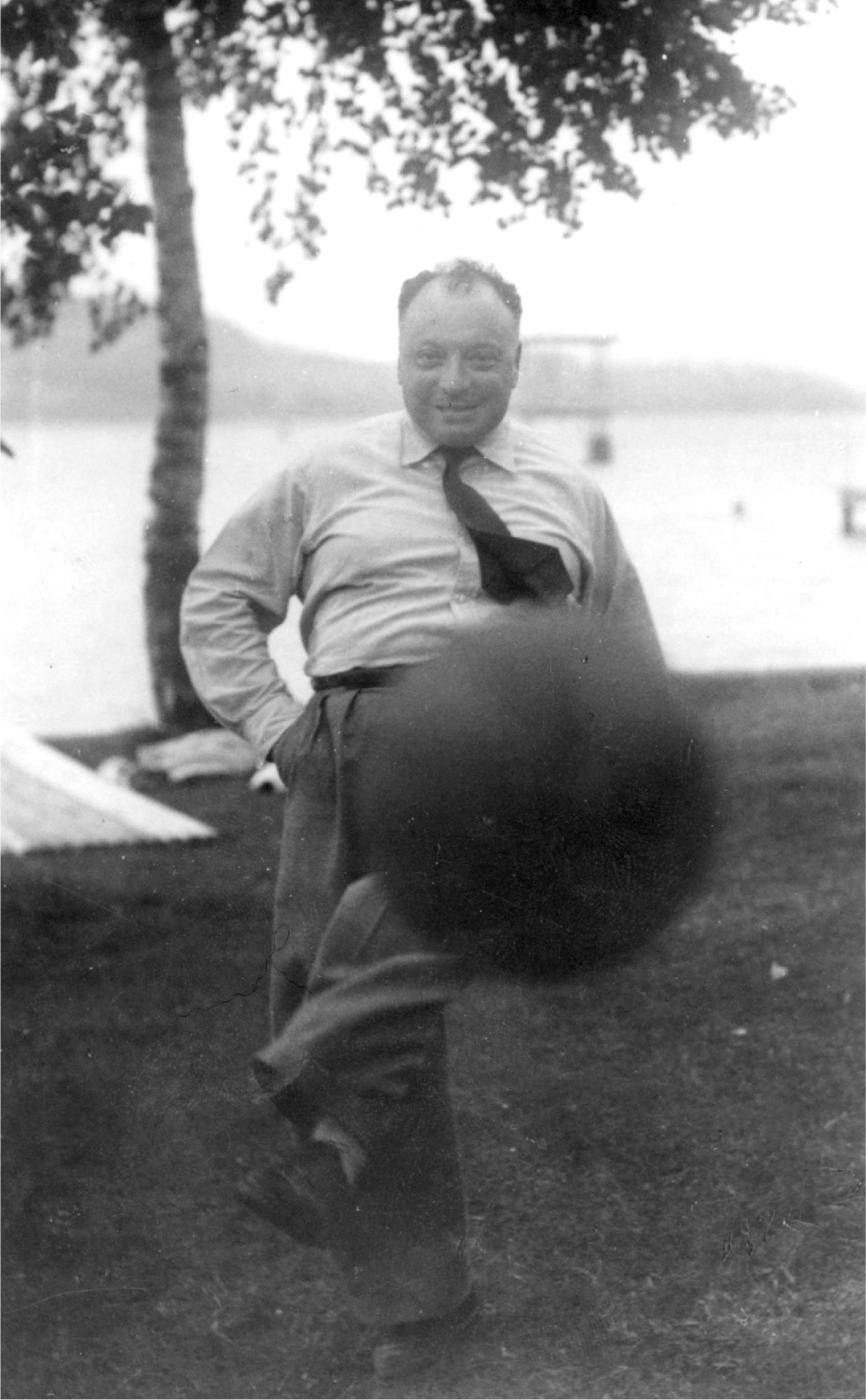A Remembrance of Pauli in 1950
DOI: 10.1063/1.1359710
In the spring semester of 1950, I had the privilege of working at the ETH in Zurich as a postdoctoral fellow with Wolfgang Pauli, who had been a legendary figure since his early twenties. Some part of that legend, as Pauli well knew, was attached to his role as a critic, not always kindly, of the work of his colleagues. So no one who knew Pauli, it is fair to say, could be in his presence without feeling a certain defensive wariness.

ROY GLAUBER

Not long after I arrived in Zurich, all members of the laboratory of the ETH were invited on an ausflug, which I imagined would be some sort of picnic. So I brought my camera. In fact the ausflug was more of a scenic hike. The initial bus ride had taken us to a point near the Vierwaldstätter See, a lake from which we ascended in cramped wooden cable cars to a considerable height in the overlooking hills.
The cable cars deposited us at the first of several tavern terraces commanding splendid vistas. Our hike from terrace to terrace was over elegantly maintained paths that seemed to go nowhere save up and down, and so the walking was a bit arduous. Pauli, notwithstanding his ample girth, seemed to take the climb in stride, or at least to have less difficulty than I was having, encumbered by the massive camera I was carrying on a strap over my shoulder.
It was a Speed Graphic, one of the sort widely used by press photographers at the time. It was a camera suited to any hobby but hiking, and I had not even been able to get much film for it. Pauli, sensing a certain vulnerability, began teasing me as if the camera were pure ostentation. “Always you are carrying that awful camera,” he kept saying, “but you are taking no pictures.” And then he laughed.
After we descended from the hills to the lakeshore near Stansstad, the ausflug concluded with some swimming in the late afternoon, followed by a bit of soccer play. At one point, the soccer ball happened to roll near where Pauli was standing and he gave it a well-timed kick out onto the lake, requiring someone to swim out and fetch it. The joke was appreciated by one and all, not least by Pauli himself, who laughed maniacally. When the ball approached him again a few minutes later, Pauli kicked it still further out on the water, and again he roared with laughter.
Having just one exposure left in my camera, I felt this would make too good a picture to miss. So I arranged with my friends an inconspicuous signal to send the ball once more within Pauli’s reach. It took me a moment to get the rangefinder adjusted. I was staring through it as I gave the signal, and my friends, by dissembled inadvertence, kicked the ball toward Pauli. The next things I was aware of were the camera smacking me in the face, my recoiling a step or two, and again hearing that bellowing laugh in the distance. Pauli had decided that my camera was his next target, and the ball had hit it squarely on the lens housing.
I came away with a vague recollection that I had snapped the shutter while the ball was in flight. Indeed I had, as the picture above will attest. Pauli, for his part, never discounted the element of luck in his practical jokes.
More about the Authors
Roy Glauber. Harvard University, Cambridge, Massachusetts, US .
